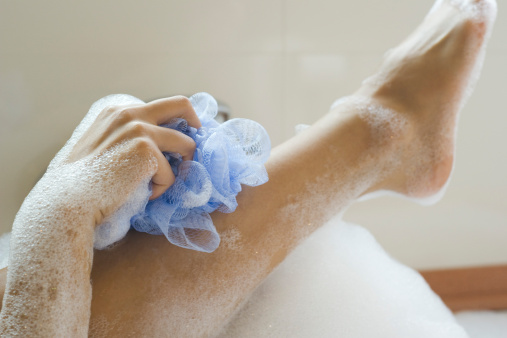
You buy these products with the best intentions: antibacterial soap to kill germs, toothpaste to prevent cavities, a humidifier to relieve sinus congestion. But everyday items like these can trigger your allergies, leave you with a skin infection, or cause other problems if used incorrectly. The good news: the fixes are resoundingly simple, super quick, and keep you safe.
Your loofah
It might make your shower nice and sudsy, but you wouldn’t believe what’s hiding in the nooks and crannies of your loofah. “These act as a perfect environment for growth of bacteria, fungi, and mold,” says Jessica Weiser, MD, of the New York Dermatology Group. Any small open wounds (even microscopic ones from shaving or dry skin) are at risk for infections, from impetigo to folliculitis, she says.
Stay safe: Loofah lovers, don’t worry—you can still use one. Choose one made with natural fibers—they have enzymes to control bacteria, mold, and mildew growth—and replace it every month. Rinse thoroughly and wring out all the water after each use, and store the loofah in a cool, dry environment.
The humidifier
Hooking up a humidifier can bring you much-needed relief from cold-weather ailments like stuffy nose and dry skin. The downside: if not cleaned properly or often enough, humidifiers can grow mold and pathogens, spewing plumes of the stuff into the air, says Miguel Wolbert, MD, medical director of West Texas Allergy in Midland, Texas. Plus, having too much moisture in the air can turn your home into a breeding ground for dust mites, a problem if you suffer from indoor allergies.
Stay safe: After running the humidifier at night, don’t just turn it off and let it sit. Freestanding water left in the bowl is what will accumulate mold. Empty and dry it out completely. The Environmental Protection Agency also recommends cleaning portable humidifiers every third day by using a brush or scrubber on the tank to remove deposits and film.
Cotton swabs
Even though it’s gunky, wax exists to protect your delicate inner ear structures from dust and debris. So it’s healthy, but if it builds up, it can cause an ache or annoying feeling of fullness. That’s why you might routinely dig out whatever’s in there with Q-tips, something doctors don’t recommend: “If you accidentally place the Q-tip anywhere past the ear canal, you can push wax further in and even perforate the ear drum,” says Sujana Chandrasekhar, MD, director of New York Otology in Manhattan.
Stay safe: Forget the cotton swab. “There’s no reason to clean out any of the gunk from your ears except the part that can be removed by sweeping the pad of your index finger in the opening of the canal,” Dr. Chandrasekhar says. “Any wax deeper than that is actually doing a nice job of protecting your ears already.” If you do have an earache, see your doctor for any remedies.
Antibacterial soap
For so long we’d scrub up, aiming to kill germs at every turn. But as it turns out, antibacterial soaps are ineffective at best, says Elaine Larson, PhD, a professor of epidemiology at Columbia University. A decade ago she authored a double-blind randomized clinical trial (the gold standard of study methods) comparing households that used antibacterial products to those without them. The result? There was no difference in the rates people got sick. “It was clear that in a healthy home, antibacterial soap doesn’t really help that much,” she says. At worse, antibacterial ingredients like triclosan may spur antibacterial resistance, says the FDA.
Stay safe: Wash up with plain soap and water, period. And scrub well—it’s the friction between your two hands that physically removes germs and sends the buggers down the drain, says Larson.
Your chair
The risks of sitting keep piling up: an increased risk of heart disease, obesity, and mortality (and the list goes on). Unfortunately, research also shows that even if you’re a regular exerciser, it’s not enough to offset sitting all day during your commute, at work, and then at night in front of the TV.
Stay safe: Unless you get a stand-up desk, you probably can’t change the fact you sit at your desk job. But you can move just a bit more. Get up and walk to refill your glass of water or chat with a colleague. Light walking for two minutes out of every hour reduced mortality risk by 23% compared to spending the full time on your duff, according to a 2015 study published in the Clinical Journal of the American Society of Nephrology.
The blender
You know to wash your blender every time you make one of your yummy spinach smoothies, but you’re probably skipping one of the most important parts: the blender gasket (the rubber ring that helps hold the blade in place). In a 2013 report by NSF International, an independent organization that tests the health and safety of consumer products, the blender gasket was found to be the third germiest item in the kitchen, harboring Salmonella, E. coli, yeast, and mold. When researchers asked people what they thought were the top sources of grime in their kitchen, the blender didn’t even make their list.
Stay safe: After sucking down the smoothie, the NSF recommends disassembling the blender and pulling the blade and gasket out for a thorough washing. Yes, every time.
Nail tools
At-home manis and pedis keep your hands and feet summer-ready, but the tools you use could be harboring a dirty secret. It’s normal for bacteria to live on your skin, so when you use a cuticle clipper or pumice stone, you’re transferring those bacteria to the tools. Skip cleaning them properly and the bacteria can grow and potentially lead to skin infections, notes Dr. Weiser.
Stay safe: Wash pumice stones with soap and water every time you use it and get a new one every three to four weeks. As for nail and cuticle clippers, clean those with soap and water after using, too. More importantly, don’t share. “Normal flora differ from person to person, so bacteria harmless to you could cause infection in your friend, sibling, or partner,” she says.
Rubber spatula
Sure, you clean it every time you use it, but you should consider adding an important step: pulling the spatula head off the handle before you wash. Forgetting to do so is one of the reasons the NSF declared the rubber spatula the number-two dirtiest kitchen item. It was found to contain E. coli, yeast, and mold—not things you want to mix into your batter.
Stay safe: If your spatula is detachable, wash both pieces separately. If it’s a one-piece, you still need to take precautions because yeast can hide and grow in the joint. Make sure to give extra TLC to that section when washing.
Stuffed animals
What could go wrong with the impossibly cute and cuddly toys you use to comfort your little kids? “These are a magnet for dust mites,” says Dr. Wolbert. And dust mites are the biggest culprit in indoor dust allergens, setting off sneezing, runny nose, and red, itchy eyes. Dust mites living in your kids’ stuffed animals can prompt allergy attacks in anybody else in your household.
Stay safe: Keep one or two on your kid’s bed and keep the rest on a shelf. Trade them out every couple of weeks, he suggests. (It cuts down on exposure if you’re not surrounded by 10 at a time.) Or, wrap them in a plastic bag and stash in the freezer overnight—the cold kills mites.
Whitening toothpaste
Here’s the rub: you rely on toothpaste for fresh breath and fighting cavities, and many are designed to make your pearly whites white again. But just because whitening toothpastes are available over the counter doesn’t mean they’re completely harmless. Long-term use of some of these toothpastes—especially grittier ones designed to scrub off stains—can wear away your enamel and increase sensitivity, says Clifton M. Carey, PhD, professor in the school of dental medicine at the University of Colorado Anschutz Medical Campus.
Stay safe: Look for whitening toothpastes with the American Dental Association’s ADA Seal of Acceptance, which is an indication that they gently polish teeth to remove surface stains. If your teeth feel more sensitive after beginning a new whitening product, see your dentist.
This article originally appeared on Health.com
More from Health.com:
You Asked: Your Top 10 Health Questions Answered
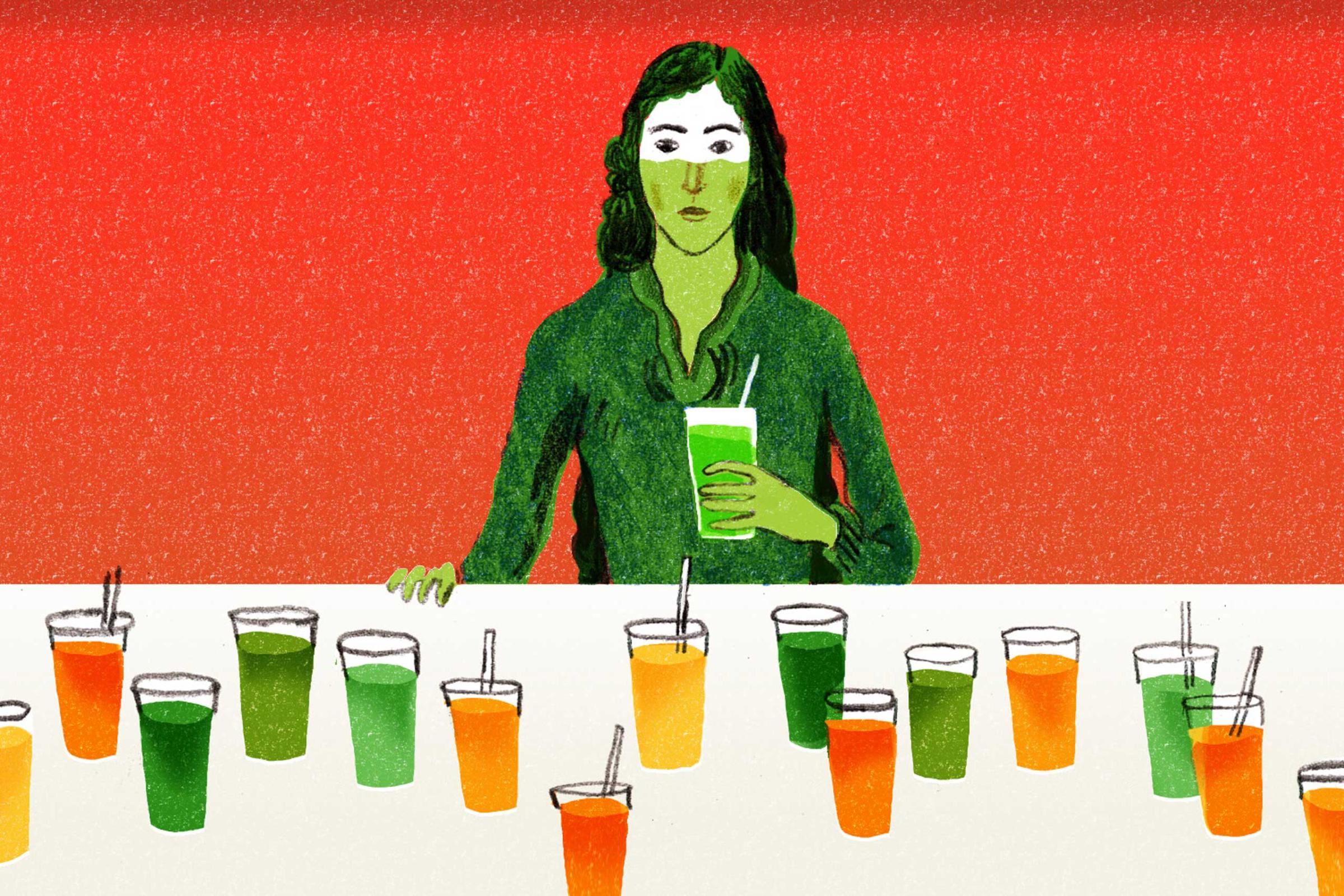

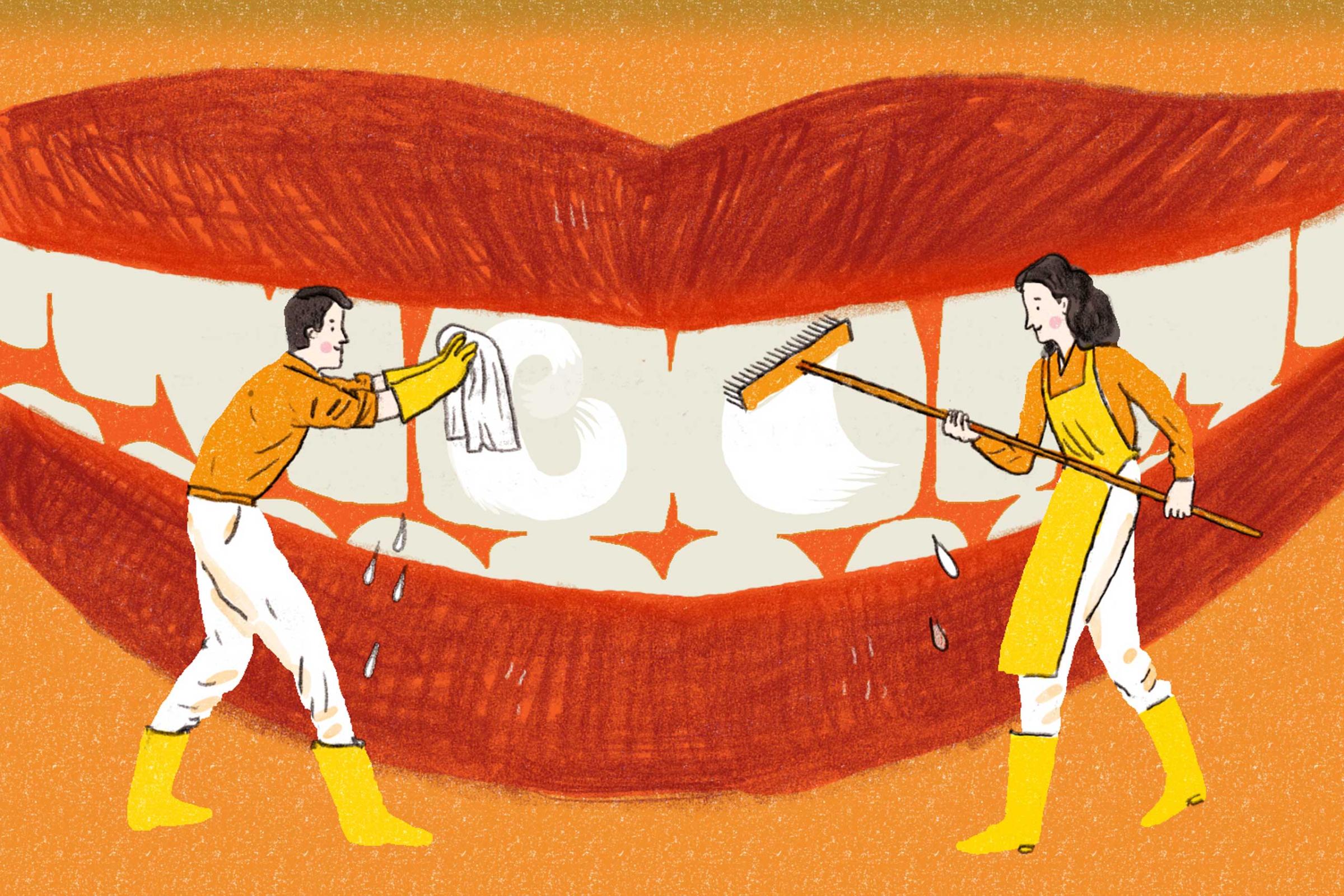
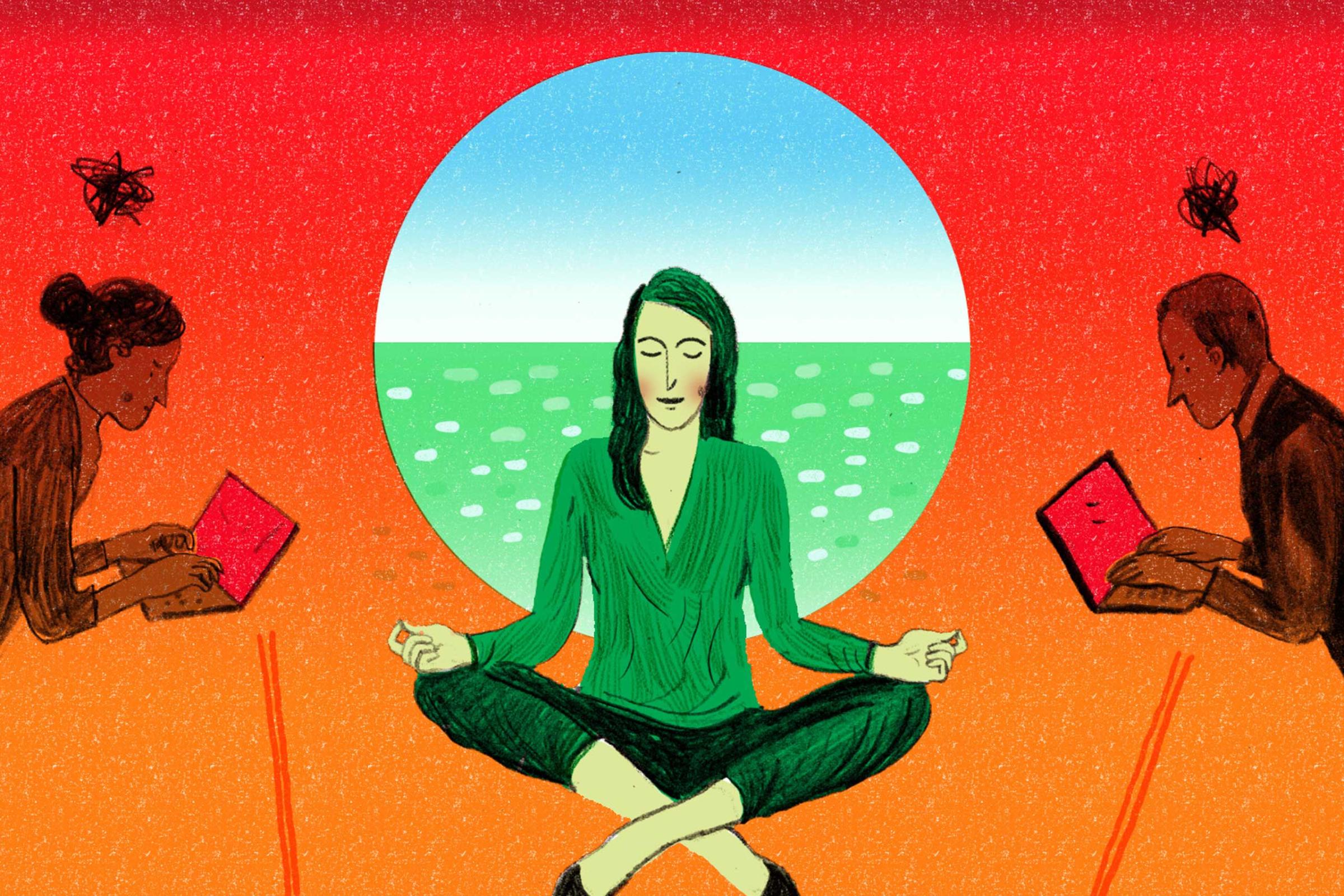
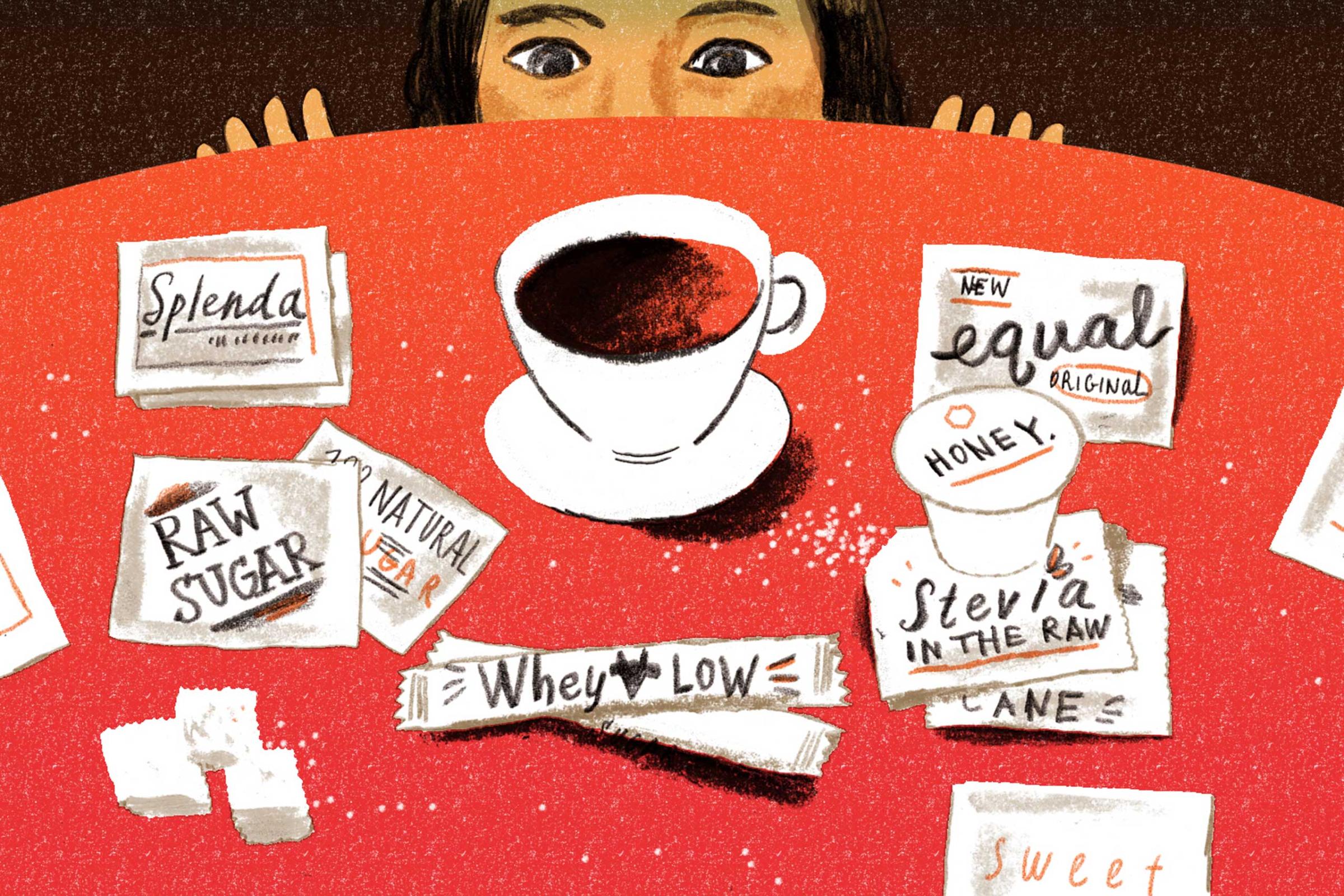


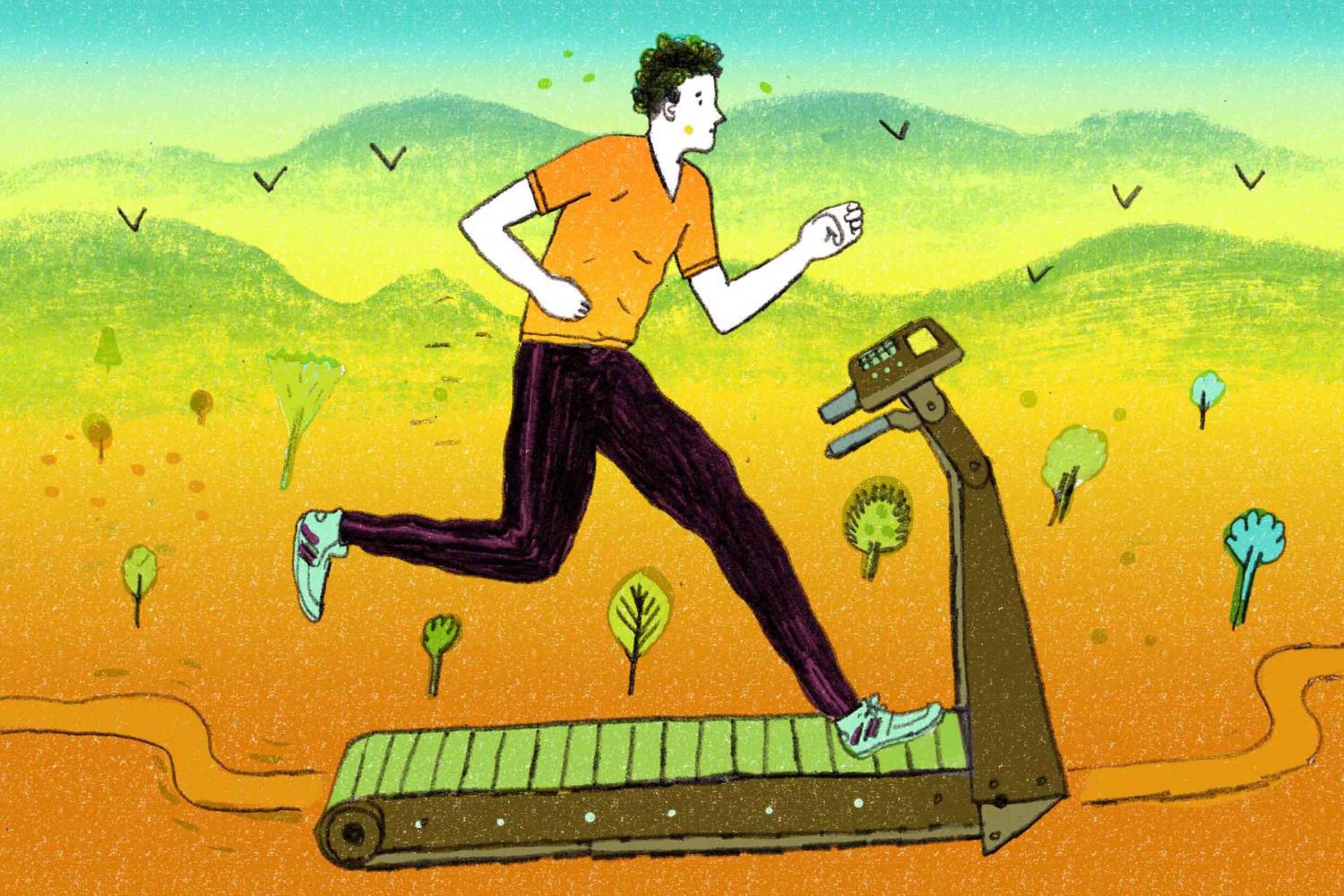

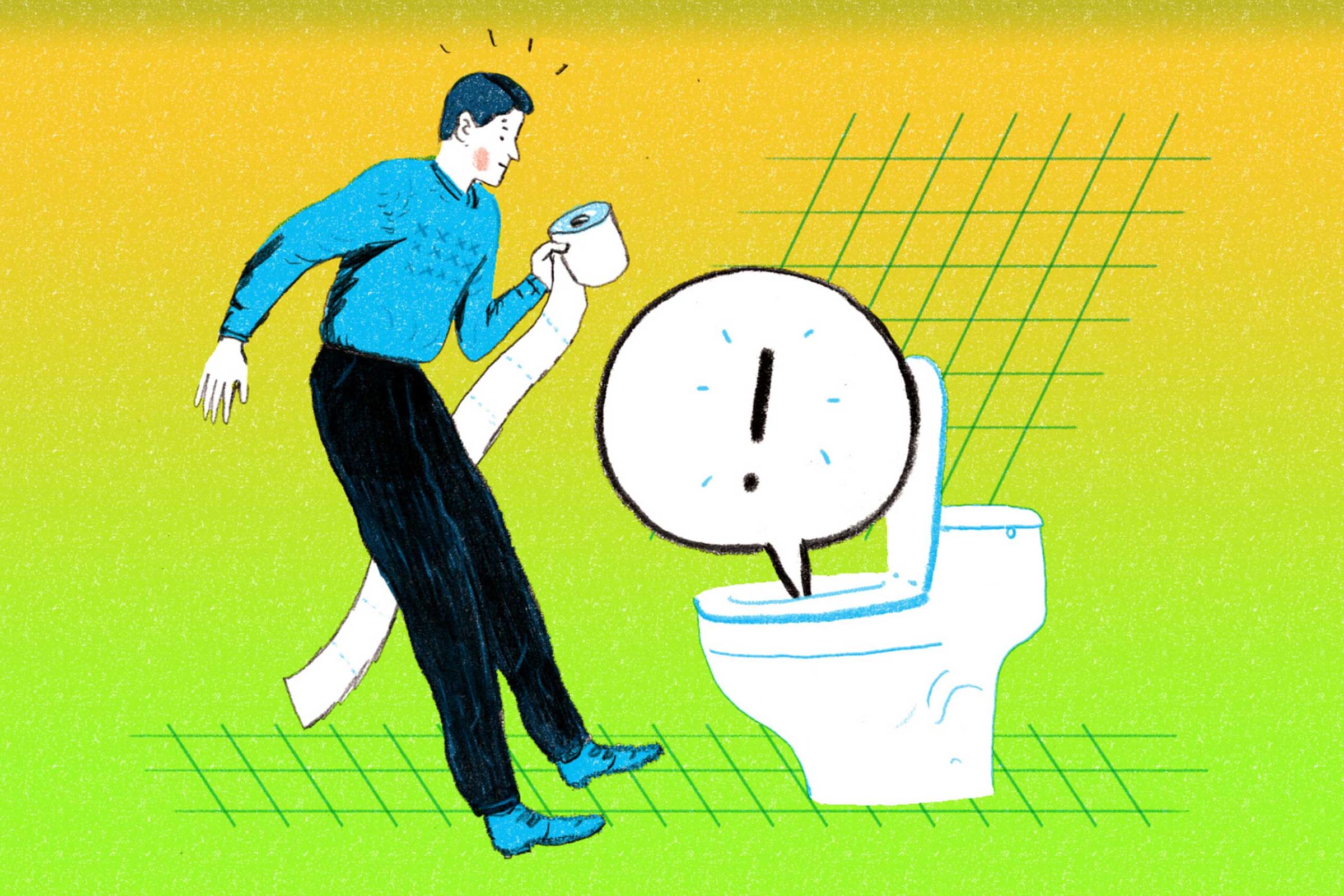
More Must-Reads From TIME
- Dua Lipa Manifested All of This
- Exclusive: Google Workers Revolt Over $1.2 Billion Contract With Israel
- Stop Looking for Your Forever Home
- The Sympathizer Counters 50 Years of Hollywood Vietnam War Narratives
- The Bliss of Seeing the Eclipse From Cleveland
- Hormonal Birth Control Doesn’t Deserve Its Bad Reputation
- The Best TV Shows to Watch on Peacock
- Want Weekly Recs on What to Watch, Read, and More? Sign Up for Worth Your Time
Contact us at letters@time.com